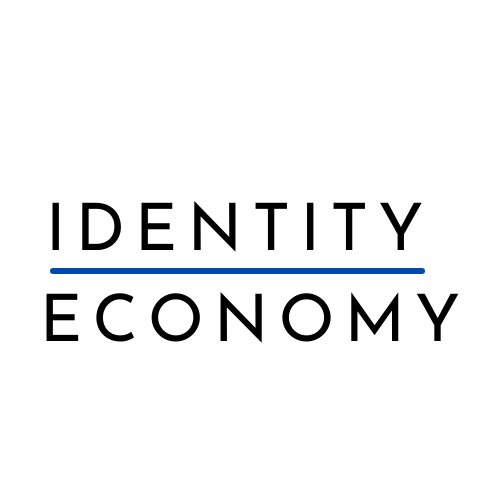Von Ralf Keuper
Seit einigen Jahren beschäftigen sich zahlreiche Forschungsprojekte mit der Frage, wie das Internet um einen identity layer ergänzt werden kann. Bis zu dem Zeitpunkt, an dem diese Verarbeitungs- bzw. Zugriffsschicht etabliert ist, bleibt die Datensouveränität der Nutzer Utopie.
Für viele ist die Blockchain-Technologie, nicht zuletzt wegen ihres dezentralen Charakters, besonders gut geeignet, um die Rolle des identity layers auszufüllen. Beispielhaft dafür sind Projekte bzw. Lösungen wie Enigma oder Blockstack. Über letztere Lösung berichtet der Beitrag One Startup’s Vision to Reinvent the Web for Better Privacy.
Über die Vorzüge der Lösung heisst es darin u.a. :
Later this year, Blockstack will release software that lets you surf sites and apps created for this new digital domain using your existing Web browser. You will still be able to load sites by clicking links or typing Web addresses, perhaps to find places to chat with friends or go shopping. But instead of needing to create accounts with each site, as people do with Google or Facebook, users of sites built on Blockstack’s system will control their own digital identity (or identities). To use a site that needs your information, you will grant access to a profile under your control alone. If you want to stop using a service, you can revoke its access to your profile and data and take it elsewhere.
Als Technologie-Plattform setzt Blockstack, wie bereits erwähnt, die Blockchain ein:
Blockstack’s vision is made possible by an identity system built to be independent of any one company, including the startup itself. It uses the digital ledger, or blockchain, underpinning the digital currency Bitcoin to track usernames and associated encryption keys that allow a person to control his or her data and identity. A collective of thousands of computers around the globe maintains the blockchain, and no one entity controls it.
Kritiker wenden ein, dass die Blockchain bei Rechtsstreitigkeiten, u.a. beim Urheberrecht, an ihre Grenzen stossen könnte. Auch ist die Verarbeitungsgeschwindigkeit der Blockchain noch nicht so hoch, dass Systeme mit hohem Transaktionsvolumen von den Vorzügen der Blockchain profitieren. Die Verfechter der Blockchain-Technologie entgegnen darauf hin für gewöhnlich, dass die technischen Restriktionen mit der Zeit behoben werden können.
Ebenso wie Blockstack arbeitet Tim Berners-Lee mit seinem Projekt Solid an einer ähnlichen Lösung. Erst kürzlich erhielt das Projekt eine Förderung in Höhe von 1 Mio. Dollar durch Mastercard, worüber in Web inventor Tim Berners-Lee’s next project: a platform that gives users control of their data berichtet wird. Zu den Systemeigenschaften heisst es:
.. “Solid,” a system for building decentralized social applications using what the researchers call a “linked-data” platform. Solid is customizable and easy to scale, relying as much as possible on existing web standards. Like multiuser applications, applications on Solid talk to each other through a shared filesystem – and, in this case, that filesystem is the entire World Wide Web.
Datensouveränität ohne Abstriche ist das erklärte Ziel von sovrin. Vorlage sind die Laws of Identity, wie sie von Kim Cameron im Jahr 2005 formuliert wurden. Beim Lesen des Whitepaper The Inevitable Rise of Self-SovereignIdentity stellt sich für mich die Frage, ob das Projekt nicht ein wenig überambitioniert ist – und das nicht nur mit Blick auf die nötigen technischen Grundkenntnisse, die beim Nutzer scheinbar vorausgesetzt werden.
Zum jetzigen Zeitpunkt sind Lösungen, wie die in dem Beitrag erwähnten, ihrer Zeit noch zu weit voraus. Die Systemvoraussetzungen, sowohl technischer, ökonomischer wie auch kultureller Art, sind m.E. noch nicht gegeben. Bis dahin könnten Lösungen aus dem Umfeld der Personal Information Management Systems eine Brücke sein. Auf lange Sicht halte ich die Wahrscheinlichkeit für hoch, dass Lösungen, wie Blockstack breite Akzeptanz finden.
